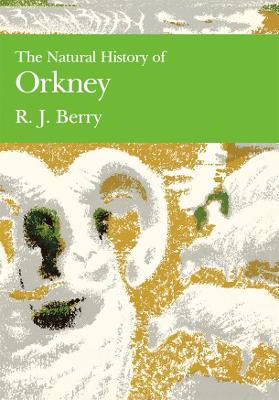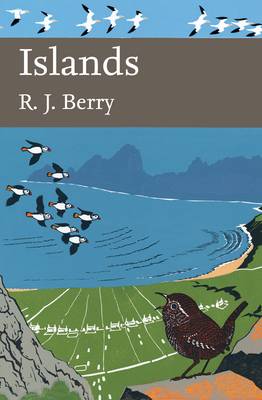Collins New Naturalist
1 primary work • 4 total works
Book 61
Ever wondered why primroses have three sorts of flowers; or about pesticide resistance in rats and mice, mosquitoes and green-fly; antibiotic resistance in disease organisms – all are examples of genetical adjustment, explained in this book.
This absorbing book is about genetics as it applies to the world around us. Its main aim is to show the ways in which inherited variation can help to explain the properties of natural populations: the differences between individuals, the extent and mechanism for transmitting characteristics from one generation to another, and the factors which control the frequency of a trait in a local group. It is thus of interest not only to naturalists but also to farmers and gardeners - indeed it is highly relevant to each one of us in the context of modern social planning.
Professor Berry's explanations, combining laboratory techniques for the biochemical study of changes in cells, an understanding of modern genetics, and field observations by himself and others, are addressed not just to the earnest student but to all those who wonder why people or organisms differ - why snails are striped; why mice have longer tails in Scotland than in England; why primroses have three sorts of flowers; or about melanic forms of moths, spiders and ladybirds in industrial areas; pesticide resistance in rats and mice, mosquitoes and green-fly; antibiotic resistance in disease organisms - all examples of genetical adjustment.
Illustrated with 110 drawings, 12 colour and 19 black and white photographs.
This is the first survey of the islands' natural history, complete in one volume. Because Orkney is exceptional, it is vital reading for the serious naturalist, as well as for being a comprehensive and absorbing guide for every visitor. This edition is exclusive to newnaturalists.com
Orkney is a very special place for naturalists. Closer to Oslo than to London, its geography and climate create quite distinct environmental conditions - even though it is only six miles from the Scottish mainland.
On these islands of fierce gales, long summer days and long winter nights, the wildlife has adapted in intriguing ways… Starlings adapt to ground-nesting…local sheep eat seaweed…and there are voles exclusive to Orkney. Here is one of the very few areas where the rare and delicate Scottish Primrose thrives…where you find the British stronghold of the Hen Harrier, and vast colonies of seabirds and seals.
This is the first - and long-needed - survey of the islands' natural history, complete in one volume. Because Orkney is exceptional, it is vital reading for the serious naturalist, as well as for being a comprehensive and absorbing guide for every visitor.
In his tracing of the island's evolution from its geological creation to the effects of oil technology; in the detailed, yet fascinating exploration of the plants and animals (and where best to see them), Professor Berry's expertise and enthusiasm is backed by that of local specialists, and Orkney's long tradition of natural history study. Appendices include definitive lists of all the species of flora and fauna on record, and an extensive bibliography.



